Four aviators feared dead as troubled MRH-90 helicopter crashes in waters off Whitsundays
The fleet of MRH-90 Taipan helicopters could be grounded permanently if mechanical failure is found to have caused the worst peacetime military accident in 20 years.
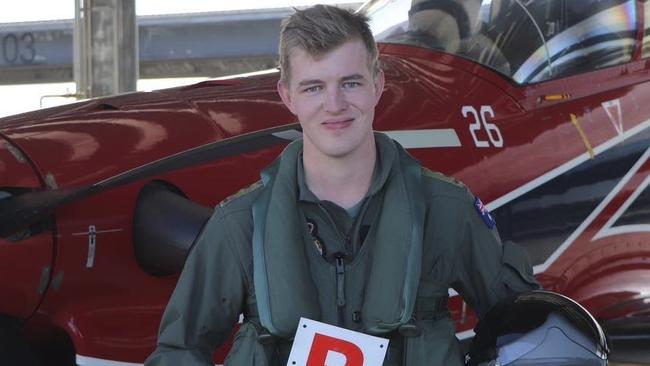
The government may be forced to permanently ground its troubled fleet of MRH-90 Taipan helicopters if mechanical failure is found to have caused the worst peacetime military accident in almost 20 years.
A stunned defence community is in mourning after four men from the 6th Aviation Regiment perished when their MRH-90 helicopter went down in waters off Queensland’s Whitsunday Islands on Friday night.
The crew members included pilots Lieutenant Maxwell Nugent and Captain Danniel Lyon who were on board with Warrant Officer Class 2 Joseph Laycock and Corporal Alexander Naggs.
Officer Laycock, known as Phil, was a father of three and a keen mountain biker with a decorated career in the army who was awarded a Conspicuous Service Medal in the 2016 Australia Day Honours.
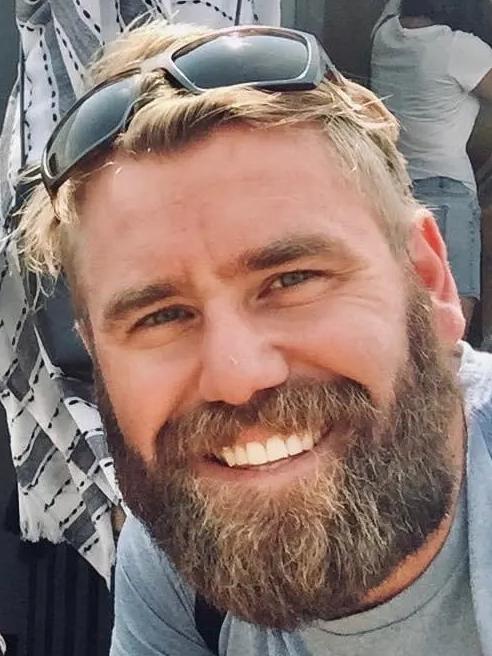

Lt Nugent was the son of senior NSW policeman Daniel Nugent, whose family’s dedication to the NSW community was praised on Sunday from Premier Chris Minns.
“(They’re) a family that’s given so much to the people of this state, of this country … they must be hurting,” Mr Minns said.

The crash has raised questions about whether the ADF’s 47-strong fleet of MRH-90 Taipans will fly again, given that the helicopters have been plagued by repeated safety concerns, having been grounded five times since 2019.
Although the cause of the crash remains unknown, a catastrophic mechanical failure is initially suspected because the helicopter broke up on impact, suggesting that it made a rapid descent from a significant height.
One source told The Australian “this was a ‘no notice’ uncontrolled impact into the sea at night, at speed”, meaning the crew did not have time to radio for help. The doomed helicopter was operating with another MRH-90 at the time of the crash, which occurred during the huge Exercise Talisman Sabre military training activity involving 30,000 military personnel.
Specialist navy divers were part of an 800-strong search and rescue team, including Australian and US personnel, who were searching on Sunday for the main cabin of the helicopter and the remains of the four men. Some debris, believed to be from the helicopter’s tail section, was found on Saturday.
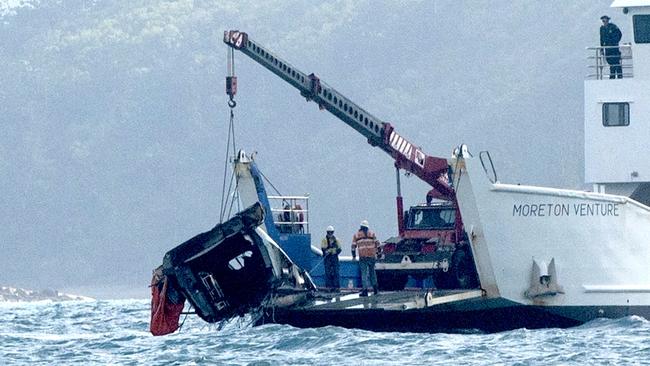
“The waves and the actual conditions at the moment are moderate, so there’s some challenge but it’s not insurmountable,” Chief of Joint Operations Greg Bilton said.
The tragedy came only months after mechanical problems forced another MRH-90 helicopter to ditch into shallow waters in Jervis Bay in southern NSW with 10 ADF personnel on board. All survived but the fleet was temporarily grounded.
“This is a stark reminder that there are no safe or easy days for those who serve in our country’s name,” Prime Minister Anthony Albanese said.
“All Australians owe a debt to the brave men and women who wear our uniform and serve in order to protect our way of life here in Australia.”
Defence Minister Richard Marles and US counterpart Lloyd Austin, who was in Australia for the Ausmin talks, paid their respects to the lost aircrew during a visit to Exercise Talisman Sabre headquarters at Townsville’s Lavarack Barracks.
“Our thoughts are very much with the aircrew and of course, their families,” Mr Marles said.
“And this accident makes very real what this exercise means, the dangers that are involved, the risks that inevitably come with it.”
Mr Austin said: “Our hearts go out to their loved ones during this terribly difficult time.”
The exercise was paused as a mark of respect but was back under way at noon on Saturday.
Chief of Army Lieutenant General Simon Stuart defended the decision to fly the MRH-90 despite its poor safety record, saying the ADF had “worked to ensure that we had mitigated those risks. We don’t fly if we don’t think its safe.”
But he refused to speculate on the future of the helicopters, saying they were grounded and that no decisions would be made until the air safety investigation team had determined what happened and why.
“You’ve really got to feel for their families and their mates …. they were part of a really tight team (and) I couldn’t be more proud of them,” General Stuart said.
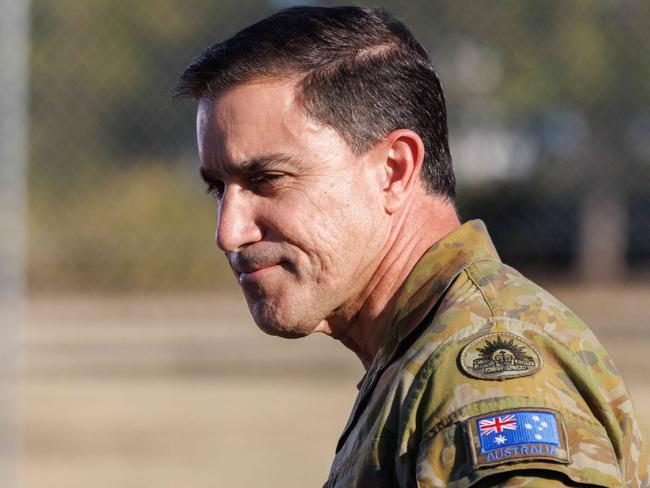
Phillip Thompson, the MP for Herbert, which includes the military bases in Townsville, said he has long held concerns about the safety of the MRH-90 and welcomed them being grounded until more was known.
“We don‘t know what caused this crash so it is hard to point the finger at the aircraft at this stage but I know that our people on board are very professional,” he said.
“We saw earlier this year that this helicopter, the MRH-90, crashed and the crew were all fortunate enough to survive. It is a good move to have these aircraft grounded for now.”
The crash is the worst peacetime military tragedy since 2005, when nine ADF personnel died when their Sea King helicopter crashed in Indonesia while on a humanitarian mission in the wake of a major earthquake.
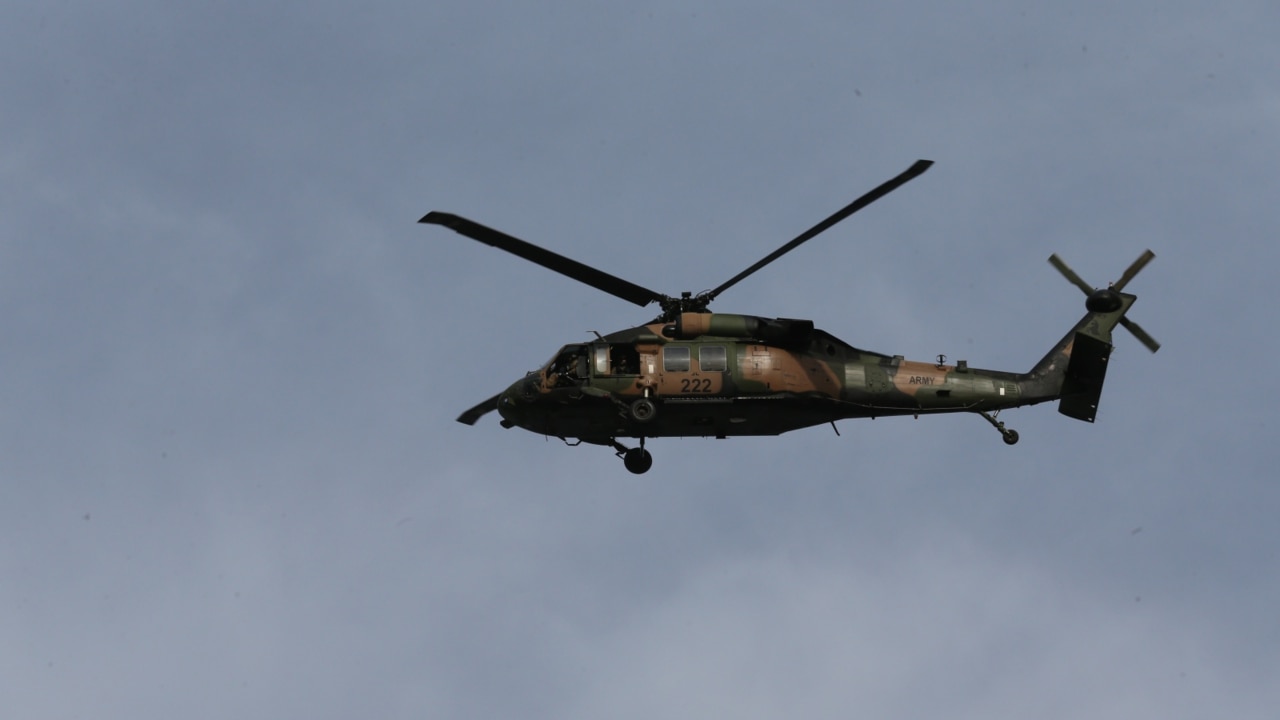
The worst military tragedy of the past 50 years was in 1996 when 18 SAS members died when two helicopters collided during an exercise west of Townsville.
Australia bought the MRH-90 Taipan, designed by European company Airbus, in 2007 for use as a multi-role helicopter to eventually replace the army’s Black Hawks and the navy’s Sea Kings.
The helicopters are crewed by two pilots and two helicopter loadmasters and can seat up to 18 passengers, making them ideal for transporting special forces or carrying out search and rescue. The MRH-90 army and navy helicopters are operated out of Townsville and Oakey, west of Brisbane, and flown by 6th Aviation Regiment in Sydney.
But the $3.8bn fleet has been cursed by maintenance and safety problems from the beginning. They have been difficult to start and stop in strong winds. In 2019 the fleet was grounded due to dangerous tail vibrations, while the chopper also suffered problems with its auxiliary power unit that made it difficult to shut down its main engines.
In 2020 parliament was told the door on the helicopter was too narrow to fire while troops were descending
In December 2021 the then defence minister Peter Dutton lost patience with the MRH-90, and announced that the Taipans would be phased out 13 years early and replaced by 40 US-made Black Hawks at an estimated cost of $2.8bn.
The first of the replacement Black Hawk helicopters is due to arrive in Australia within days although any decision to permanently ground the Taipans would leave the ADF short of helicopter capability in the short term.
In March, when the MRH-90 helicopter ditched into Jervis Bay waters, witnesses reportedly heard a “big flash, a big bang and a bit of fire on top of the chopper” before the aircraft hit the water.
The MRH-90 has had a mixed record around the world. Last year Norway said it would return its MRH-90 helicopters because they were too unreliable.
“Regrettably, we have reached the conclusion that no matter how many hours our technicians work, and how many parts we order, it will never make the NH90 capable of meeting the requirements of the Norwegian Armed Forces,” Norwegian Minister of Defence Bjorn Arild Gram said.
But the New Zealand air force has operated eight MRH-90 helicopters since 2015 without a major incident.

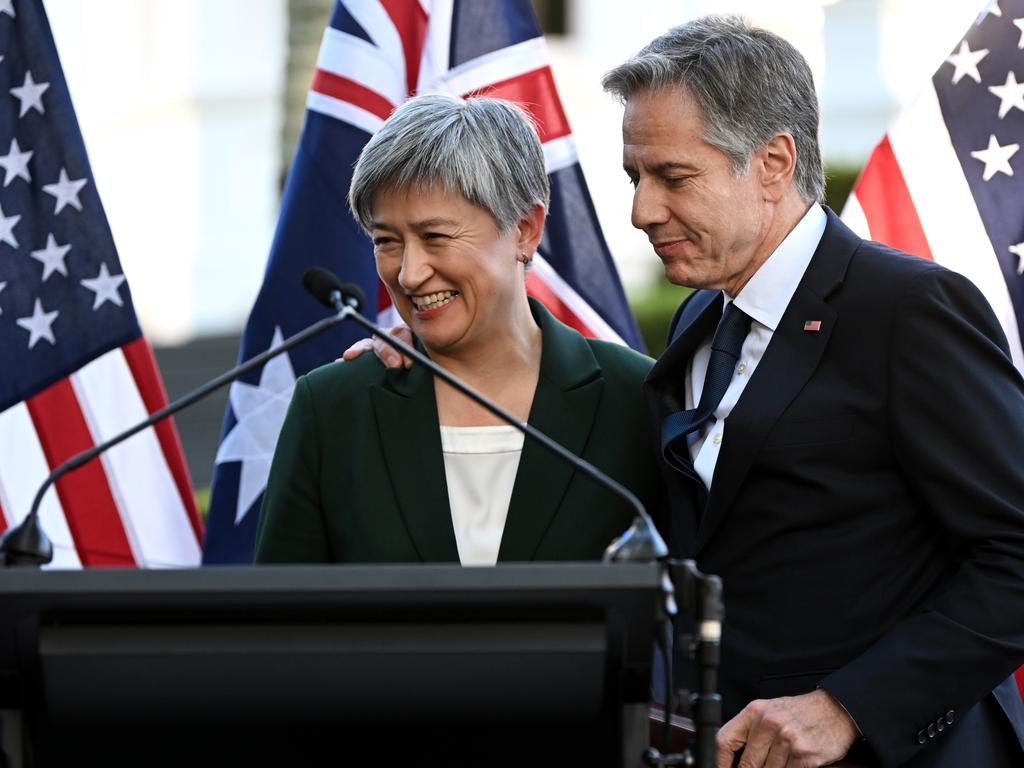



To join the conversation, please log in. Don't have an account? Register
Join the conversation, you are commenting as Logout